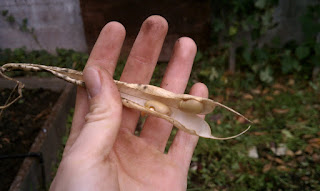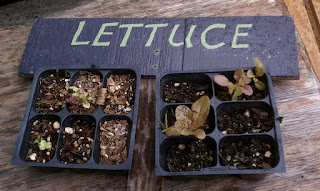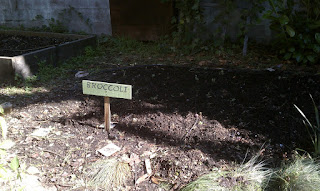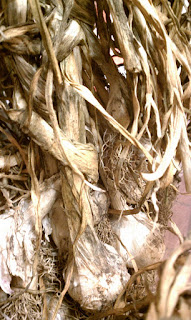One huge task was taking out the three big tomato beds; a little emotional since the tomatoes were still producing fruit. What a long growing season we have here! Of the different tomato types,
 the
the Moskovich tomatoes were the longest lived. Even some tomato flowers were still visible on the Moskovich vines. We saved what fruit we could. Fried green tomatoes, here we come!
Moskovich tomatoes were the longest lived. Even some tomato flowers were still visible on the Moskovich vines. We saved what fruit we could. Fried green tomatoes, here we come!We also planted beans this summer, an
 d although they didn't flourish, the plants did manage to produce some pods, now pretty lifeless on their vines. We pulled those out, and salvaged a few beans that should at least serve to start some new plants next year if we want to try again.
d although they didn't flourish, the plants did manage to produce some pods, now pretty lifeless on their vines. We pulled those out, and salvaged a few beans that should at least serve to start some new plants next year if we want to try again.Another late summer experiment was the squash plant. Like the beans, our squash grew but did not fully thrive. It developed some sort of white mold on its leaves, and so we deci
 ded to take it out wi
ded to take it out wi th
th everything else, even though the gourds it was producing still looked like they had some growing to do before they were fully ripe.
everything else, even though the gourds it was producing still looked like they had some growing to do before they were fully ripe.Of course, harvesting the fall crop didn't just entail saying goodbye to the tomatoes, beans and squash; it meant putting in new stuff. The beds look pretty barren right now, but they are in fact newly turned, nitrogen-infused with the red-worm compost, and planted with starts home-grown in the cold frame. The new baby plants include broccoli, cabbage, swiss chard, lettuce and quinoa. Stay tuned!










